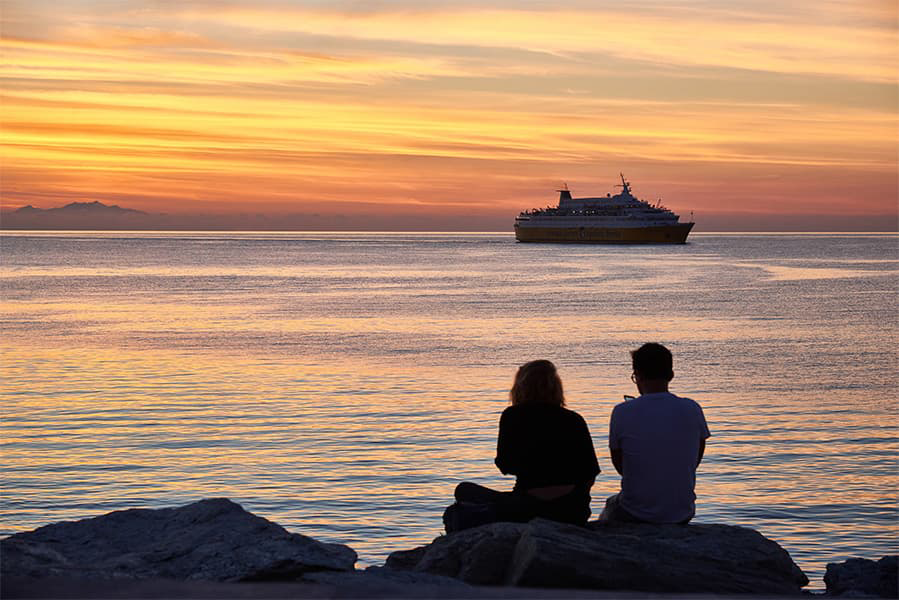Ferries from
Croatia to Montenegro
Ferries from
Croatia to Montenegro


Currently there are no sailings from Croatia to Montenegro.
There are no sailings from Croatia to Montenegro right now. Please visit our Deal Finder for alternative routes.
More routes than anyone else.

Compare fares, times & routes in one place.
Change plans easily with flexi tickets.

Book e-tickets & manage trips in-app.
Live ship tracking & real-time updates.

Top-rated customer support when you need it.
The increasingly popular vacation destination of Croatia is located just south-east of central Europe and contains over a thousand islands. With over one hundred ‘Blue Flag’ beaches and numerous nature reserves, Croatia is ranked in the top twenty of the most popular tourist destinations in the world and welcomes more than ten million tourists to its shores each year. As with most of the popular vacation destinations in Europe, visitors can expect warm dry summers and mild winters, with more than two thousand five hundred hours of sunshine on average each year. Croatia is a great point of departure for those wishing to cross the Adriatic Sea to Italy by ferry, especially from the Balkan countries. There are numerous crossings on offer ranging from short high speed passenger only routes sailing to northern Italy to longer more conventional services crossing the sea between the two countries a bit further down the Adriatic. The seasonal high speed passenger only catamaran crossings are relatively cheap and sail from the coast of Istria to northern Italy. The conventional passenger and car ferry sailings from Croatia to Italy are operated by numerous ferry companies and generally depart from Split, Dubrovnik and seasonally from the island of Hvar.
Montenegro is a Balkan country in southeast Europe, with a relatively short coastline facing the Adriatic Sea to the southwest. Given its name translates to ‘black mountain’, it comes as no surprise Montenegro has some jaw dropping scenery. Dark, rugged terrain and gorgeous water inlets comprise most sights, and the coastline is one of the crowning jewels of the Adriatic, with picturesque cities and stunning stretches of sand. Steeped in history and lauded by UNESCO, Kotor is a medieval, fortified town perching on the edge of the namesake bay, offering some of the country’s most impressive backdrops. Budva is another tourist favourite, known for its incredible nightlife, even better beaches and red-roof houses. Finally, the capital, Podgorica is the economic and cultural hub, boasting a lovely mix of Turkish, Roman and modern architecture. Sailing across the Adriatic Sea is a popular way of exploring the Balkans, particularly from Italy. The Italian ‘heel’ lies opposite Montenegro to the southwest and there are regular ferry crossings from Bari to the small Montenegrin seaport of Bar, in the south.